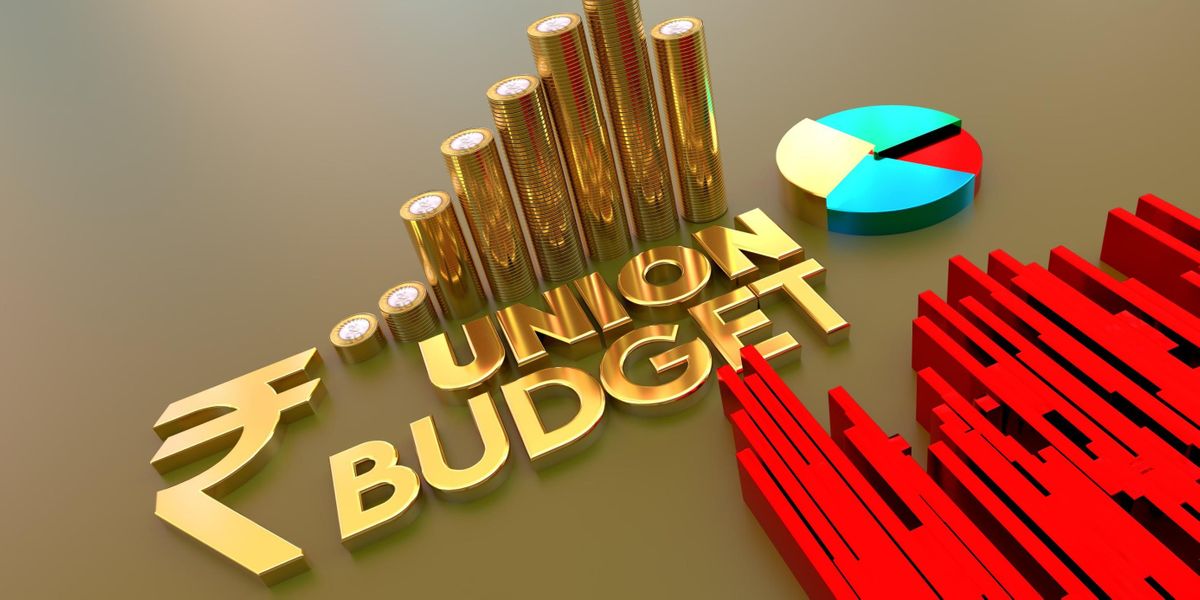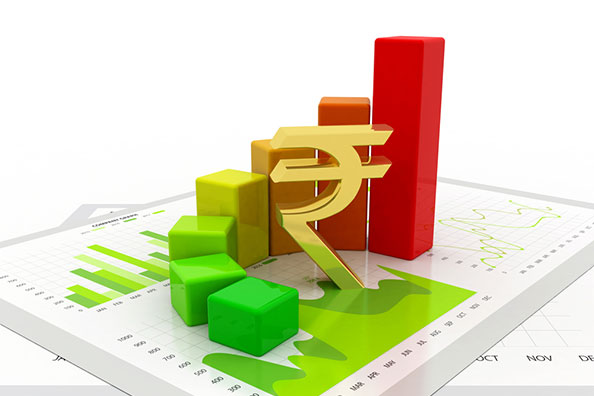
Union Budget 2024–25: What to Expect
The Union Budget of India is the government’s annual financial blueprint—basically, the country’s official money plan for the year. It’s presented by the Finance Minister and outlines where the money’s coming from and where it’s going.
Revenue vs. Spending
-
Revenue Side: This includes money the government earns—mainly from taxes (like income tax, corporate tax, and GST), along with other sources like dividends and interest.
-
Expenditure Side: Covers essential expenses like salaries, subsidies, and debt repayments. Think of this as the cost of keeping the country running day-to-day.
The Capital Budget
This is where things get a bit more future-focused. The capital budget funds big investments like:
-
Roads
-
Railways
-
Schools
-
Hospitals
These are long-term, development-oriented projects meant to drive growth and improve infrastructure.
What’s Brewing for 2024–25
Tax Tweaks
-
Possible tax relief for people earning under ₹10 lakh.
-
Likely adjustments in tax slabs, increased savings limits, and a simplified capital gains tax regime.
Fiscal Discipline
-
The government is expected to trim the fiscal deficit—trying to keep borrowing in check.
-
Planned borrowings are around ₹14.1 lakh crore. It’s a hefty amount, but it’s part of the larger fiscal strategy.
Push for Infrastructure
-
Continued investment in roads, railways, and public infrastructure.
-
Not a massive jump in spending, but enough to keep key projects on track.
Sector Winners
Certain sectors are likely to benefit more than others:
-
FMCG
-
Defense
-
Railways
-
Infrastructure
Watch out for companies like Mahindra & Mahindra and Hero MotoCorp—they could be in for a boost.
Rural Support
-
A stronger focus on rural development.
-
Potential measures to increase disposable income in rural households.
No Shocks, Just Steady Moves
-
No dramatic overhauls expected.
-
The government seems set on maintaining stability while continuing with growth-focused reforms.
Mark the Date
Finance Minister Nirmala Sitharaman will present the Union Budget 2024–25 on July 23, 2024. All eyes—from investors to everyday citizens—will be on the big announcements and how they shape India’s economic direction for the year ahead.



